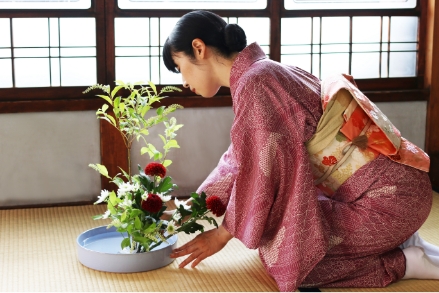Introduction to the
Japanese Tea Ceremony
The Japanese tea ceremony, also known as “chado” or “chanoyu,” is a traditional ritual influenced by Zen Buddhism.
This cultural practice emphasizes harmony, respect, purity, and tranquility, offering participants a serene and contemplative experience.
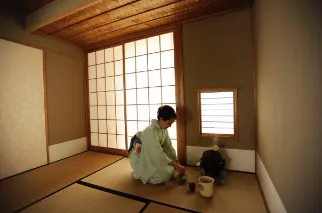
The History and Philosophy of the
Tea Ceremony
The origins of the Japanese tea ceremony date back to the 9th century when Buddhist monks introduced tea to Japan from China.
Over time, the practice evolved, and in the 16th century, the tea master Sen no Rikyū established the foundational principles and aesthetics of the tea ceremony that are still followed today.
His teachings emphasize the “wabi-sabi” aesthetic, which finds beauty in imperfection and simplicity.

The Setting: Traditional Tea Rooms
Tea ceremonies are typically conducted in a traditional tea room, known as a “chashitsu.
” These rooms are designed with simplicity and natural beauty in mind, often featuring tatami mats, sliding doors, and a central hearth.
The minimalist design creates a tranquil atmosphere, allowing participants to focus on the ritual and their surroundings.
A four and a half tatami mats sized tea room was designed by Rikyu, which is the fundamental format to conduct tea ceremony upto today.

The Utensils of the Tea Ceremony
Eachutensil used in the tea ceremony, or “chadōgu,” has its own unique significance and role.
Each of them is representative Japanese artcraft.

The Ritual:
Steps of the Tea Ceremony
The Japanese tea ceremony is a highly ritualized process with a specific sequence of steps, each performed with precision and mindfulness:


1.Preparation and Cleansing:
The host cleans the tea utensils and the tea room, symbolizing purity.

2.Greeting Guests:
Guests are welcomed with a formal bow, reflecting respect and humility.

3.Serving the Tea:
The host prepares the tea by mixing powdered matcha with hot water using the chasen. The prepared tea is then served to each guest. The procedures are done in ceremonial manners.

4.Drinking the Tea:
Guests follow specific etiquette when drinking the tea, including admiring the tea bowl and expressing gratitude to the host.
The Cultural Significance
of the Tea Ceremony
The tea ceremony is more than just a method of preparing and drinking tea. It is a cultural activity that fosters a deep appreciation for the present moment, nature, and human connection.
It also serves as a platform for cultural exchange, allowing participants to engage with Japanese traditions and aesthetics.
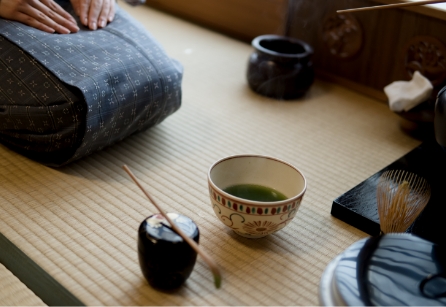
English-Supported
Tea Ceremony Experiences
For those who are new to the tea ceremony or are visiting Japan, we always offer English-supported experiences. These sessions provide detailed explanations and guidance in English, making the rich tradition of the Japanese tea ceremony accessible to international guests.
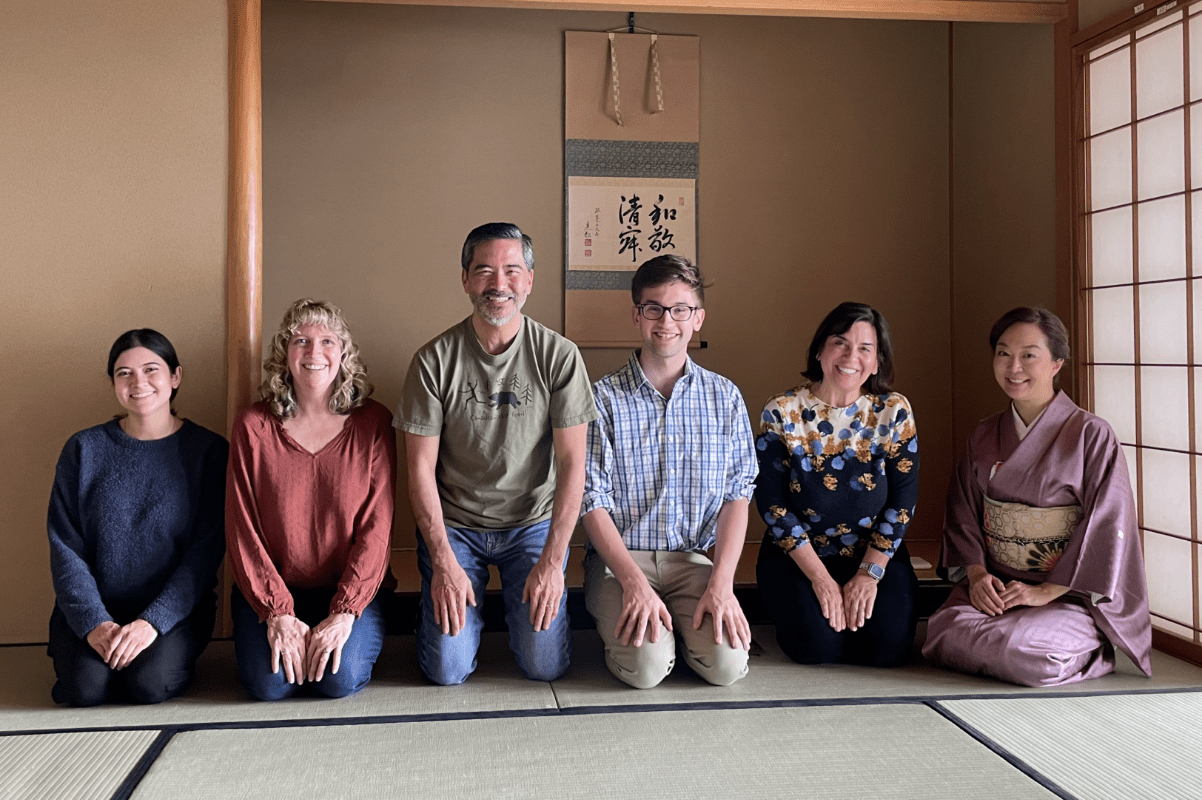
Tea Ceremony
as a Cultural Exchange
Participating in a Japanese tea ceremony is a profound way to engage in cultural exchange. It offers an opportunity to learn about Japanese history, philosophy, and aesthetics in a deeply immersive way.
Through the tea ceremony, one can gain a greater understanding of Japanese values and way of life.
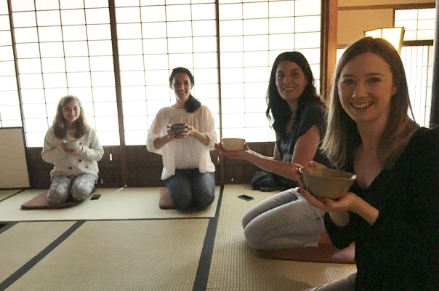
Conclusion
The Japanese tea ceremony is a beautiful blend of ritual, art, and philosophy.
Whether you are a novice or a seasoned tea enthusiast, experiencing a tea ceremony in Japan can offer a unique insight into the country’s cultural heritage.
Embrace the tranquility and mindfulness of this ancient practice and let it enrich your understanding of Japanese culture.
